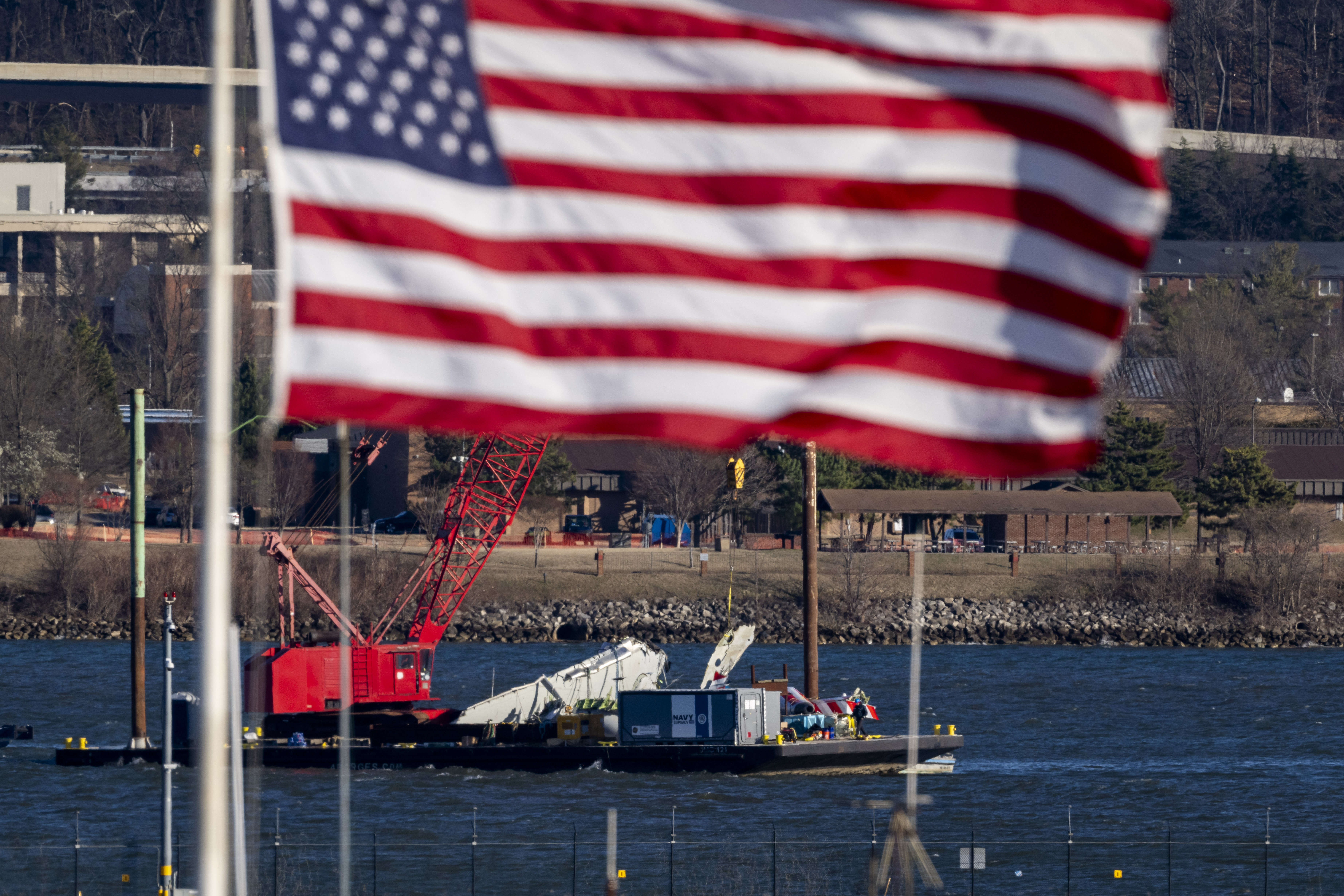(WAVY) — The current imbalance in our atmosphere is putting more heat into our climate, and more heat translates to more energy. That’s more energy in the waves to erode our beaches, more energy to intensify storms off our coastline and more energy to upset typical weather patterns.
But what if there could be a way to use that energy and restore balance? At the Army Corps of Engineers field research facility in Duck, there might be that answer.
The public benefit corporation, Vesta, is leveraging the strength of the ocean to remove carbon dioxide from the atmosphere by using a natural mineral — olivine sand.
Back in the spring, three barge loads of about 6,500 cubic yards of olivine sand, pulled from mines in Norway, were dumped into the waters offshore of Duck.
This mineral reacts with the excessive carbon in the ocean and essentially gives the sea more space to naturally absorb the carbon dioxide littering our atmosphere. And the Army Corps of Engineers field research facility acts as one of the better sites to perform such an experiment, as their research and data of the changing coastlines goes back decades.
“We understand that we’re doing this in the ocean that belongs to everyone and that the people in the community of Duck care so much about,” said Zach Cockrum, vice president of policy and partnerships with Vesta. “So we want to do it as responsibly as we can and help advance the science in a way that people can truly trust that what we’re doing is safe and effective.”
As results from this small scale pilot project are soon to come in, the research group is already thinking forward on how to incorporate this process into beach nourishment.













